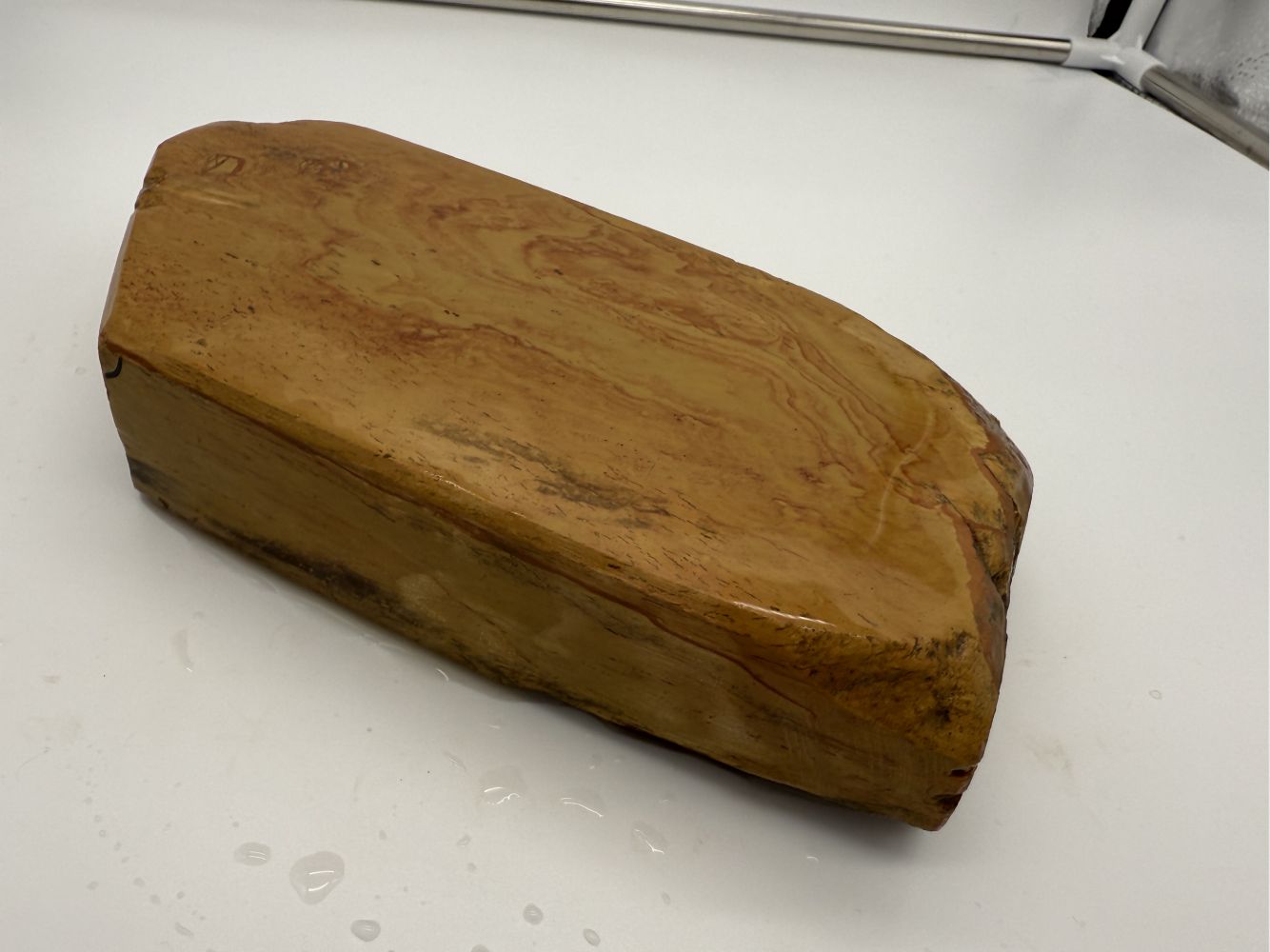Natural Japanese sharpening stones (天然砥石, tennen toishi) are valued for several main reasons:
1. Highest quality and unique features
Japanese natural stones are extracted from ancient mines that have been used for centuries. Each stone has a unique combination of minerals that allows for an extremely precise cutting edge.
2. Excellent grinding feel (feedback)
These stones provide clear and subtle feedback (tactile feedback), allowing you to intuitively feel how the blade is contacting the surface. This helps control the sharpening and avoid excessive metal removal.

3. Very gentle and effective sanding
Japanese stones emit extremely fine abrasive particles that allow you to achieve a mirror polish without additional grinding. This makes the blade extremely sharp and retains its properties for longer.
4. Widely used in traditional crafts
These stones are the primary choice of craftsmen for professional sharpening of Japanese knives, swords (katana), woodworking tools and razors when perfect sharpness is desired.
5. Durability and ecology
Natural stones last for decades if used properly. They are an environmentally friendly alternative to synthetic stones because they do not contain artificial binders or chemicals.
6. Uniqueness and collectible value
Since every natural stone is different, their choice is not only practical but also personal. Good quality Japanese stones, especially from the most famous regions (Nakayama, Shobudani), become more valuable over time.
Most popular regions and types:
- Kyoto (Honyama) – the best known natural stones (e.g. Nakayama, Ozuku, Shoubudani).
- Aoto (blue stone) – medium grain, perfect for intermediate sharpening.
- Suit and Kit – very fine stones, suitable for mirror polishing.
If you are looking for the perfect sharpness and want to experience the traditional Japanese sharpening culture, natural stones are a great choice.

